Cows are an invaluable asset to your homestead. Cows are gentle creatures, obedient, and easy to handle. There is a reason why the Hindus of India pay homage to the milking cows. Cows will give you pure home-grown milk, and if you are farming them for sale, then they are a good source of income too. And clean, organic milk is precious compared to the toxic milk products available in the market today.
The Best Dairy Cow Breeds
Selecting a good dairy cow that gives you good returns in milk is not as easy as you think. Not all milking cows are the same. And whether or not your cow produces lots of milk is dependent on many factors. Each diary breed comes with its own set of strengths and weaknesses. And these in turn depend on your homestead, resources, the food you provide, type of land, and atmosphere.
Many cow breeds excel in milk production. But not all of them can adapt to different environments and climates. You have to choose cows that give you milk regardless of where you live, so the best cows are the ones able to adapt well. You also have to think about the management aspects of the cow and whether it is disease susceptible before buying.
When selecting a good cow from the most popular breeds, choose the best ones based on general characteristics, physical health, utility, and production. Here, I will discuss the 5 Best Dairy Cow Breeds that are generally capable of producing a lot of milk, able to adapt to different environments, and are comparatively more resilient than others.

Holstein Friesian
This cow breed originated in Holland in the 1850s, mostly in the provinces of West Friesland and North Holland, hence its name. Both these provinces are quite fertile in soil and crops.
This is the most popular dairy cow breed and also the most milk-producing. Holsteins make up almost 90% of milking cows in America! Under good conditions, they can produce a whopping 10-12 gallons of milk per day. If there was an award for the most milk-producing cows, the Holsteins would surely win it!
Holstein Friesian is strong, docile, sweet-tempered, and easy to handle though its bulls can be vicious. They are good for beef as well. They are heavy gigantic cows that can weigh an incredible 1500 pounds when mature. Their bodies are wide at the back and have low musculature due to their dairy-producing nature.
They are also characterized by their large udders. Pure breed Holstein yield 6000 to 7000 liters of milk per lactation. In concentrated diets, it can produce 10,000 to 12,000 liters. The average milk fat ranges from 2.6 to 4.3%
The Holstein cow is of two types in appearance. Most are a mixture of black and white. And the less common variant has red and white spots.
On the downside, Holstein cows need a large grazing area due to their size and also lots of feed. They are giving you milk, after all. Another disadvantage is that these cows are the least tolerant to heat. So if your farm is in the warmer regions of America, check with a vet if the cow would be able to handle the heat, or choose cross-bred cows.
Jersey
As depicted by its name. Jersey is a breed of cattle originating from Jersey Island, situated in the English channel between England and France. They are highly productive dairy cows that can adapt well to different environments like New Zealand, Canada, and the U.S.
In appearance, Jerseys are smaller in stature and have an equally proportioned body. It has a small head with wide eyes, a broad forehead, and a black snout. An average Jersey cow weighs 900-1000 pounds when mature.
Like the Holstein, Jersey cows are also friendly, docile, and easy to handle. Their milk produced is of high quality, creamy, and rich in protein and fat. Their milk is highly valuable even when on a basic diet of pasture and fodder. This also makes the milk ideal for making cheese and other dairy products.
And unlike the Holstein, Jersey cows can withstand a certain amount of temperature in warm climates and are resilient creatures overall. It is also low maintenance and eats comparatively less due to its small size.
While the Jersey cow can produce about 10,000 liters of milk per lactation, it can reduce to 5000 to 6000 liters in tropical climates.

Brown-Swiss
The Brown-Swiss cow is said to have originated in Switzerland and arrived in America in 1869. It is perhaps the oldest breed alive today as is distributed in many countries like Austria, Mexico, Hungary, Italy, and South America.
Brown-Swiss cows are just like their name suggests, it has predominantly brown-colored fur but varies from light brown to dark. You can identify it by the light color band around the mouth. Since this breed has an adaptability to the Swiss alps it’s quite frisky and strong with its legs.
A Brown-Swiss cow weighs approximately 1300-1400 pounds when mature. Due to its origin, it’s best suited for 0-3600meters above sea level. It is medium-sized and has good, strong, and muscular bodily proportions able to support large udders.
Brown-Swiss are the second highest producers of milk and can produce 10,000-12,000 liters per lactation. Moreover, it also produces milk with the highest amount of total solids and protein, around 4% milk fat, making it ideal for dairy products as with Jerseys.
A small downside is that like the Holstein cows, they need a large grazing space and lots of feed.
Guernsey Cow
Guernsey cows are known as the royal breed because their milk is a golden color! How can milk be golden? It can because it contains a high amount of Beta Carotene, which gives the rich golden color. Beta Carotene is rich in vitamin A.
The origin of the Guernsey cows is not very clear. Some say it came from Britain and others that it sprang from two French cow breeds. But it is named after the English Channel Isle called Guernsey. It first came to America in the 1840s.
Guernseys are ideal for small homesteads and good for hand milking. They are also sweet-tempered and docile. They are easy to maintain as they eat less but also produce good milk!
These animals are golden-yellow in color with clear white markings. They are good milk-producing cows with milk fat of 5%. A good herd of Guernsey would produce an average of 4000 liters of milk during lactation.

Ayrshire Cow
The Ayrshire is one of the best dairy cows. This breed originated from Ayrshire in Scotland. They were previously called Dunlops, but somehow their name was changed.
The Ayrshire has good bodily proportions and strong legs. They are quite hardy animals. Female cows weigh about 500-600kg. It’s muscular and robust with well-developed udders. It also has curly horns spreading outwards. Its colors range from a deep mahogany to a combination of cherry red and brown, with white also mixed in. Some Ayrshires are pure white too.
They can be comparatively tricky to handle especially in new conditions. They can produce approximately, 4-6 gallons of milk per day, or sometimes more.
These cattle produce milk with 4% fat, which is higher in quality than the Holstein. But the volume of milk produced by Holstein cows is much higher, making it much more popular than Ayrshire cows.
Best Dairy Cow Breeds: Conclusion
I have mentioned some of the best dairy cow breeds of the world. Due to the increasing demand for milk, dairy cows are much in demand. It is important to choose cows that produce optimum milk with less space and maintenance for a more productive and efficient farm. Choose cows that have early maturity and yearly calving for maximum benefits.
Some cows require some experience in handling them while others are easier to handle. However, it is not only the breed of the cow but also factors like temperature, type of feed, soil, and rainfall that play a part in the quality and quantity of milk production.
Please read this article for some amazing facts about breeding cows.

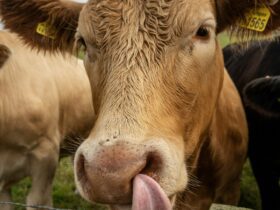
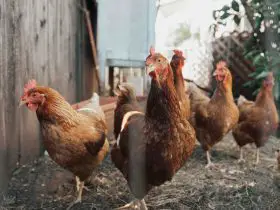
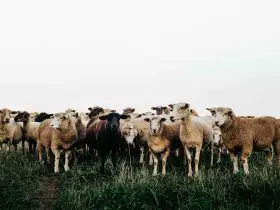
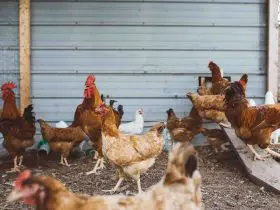
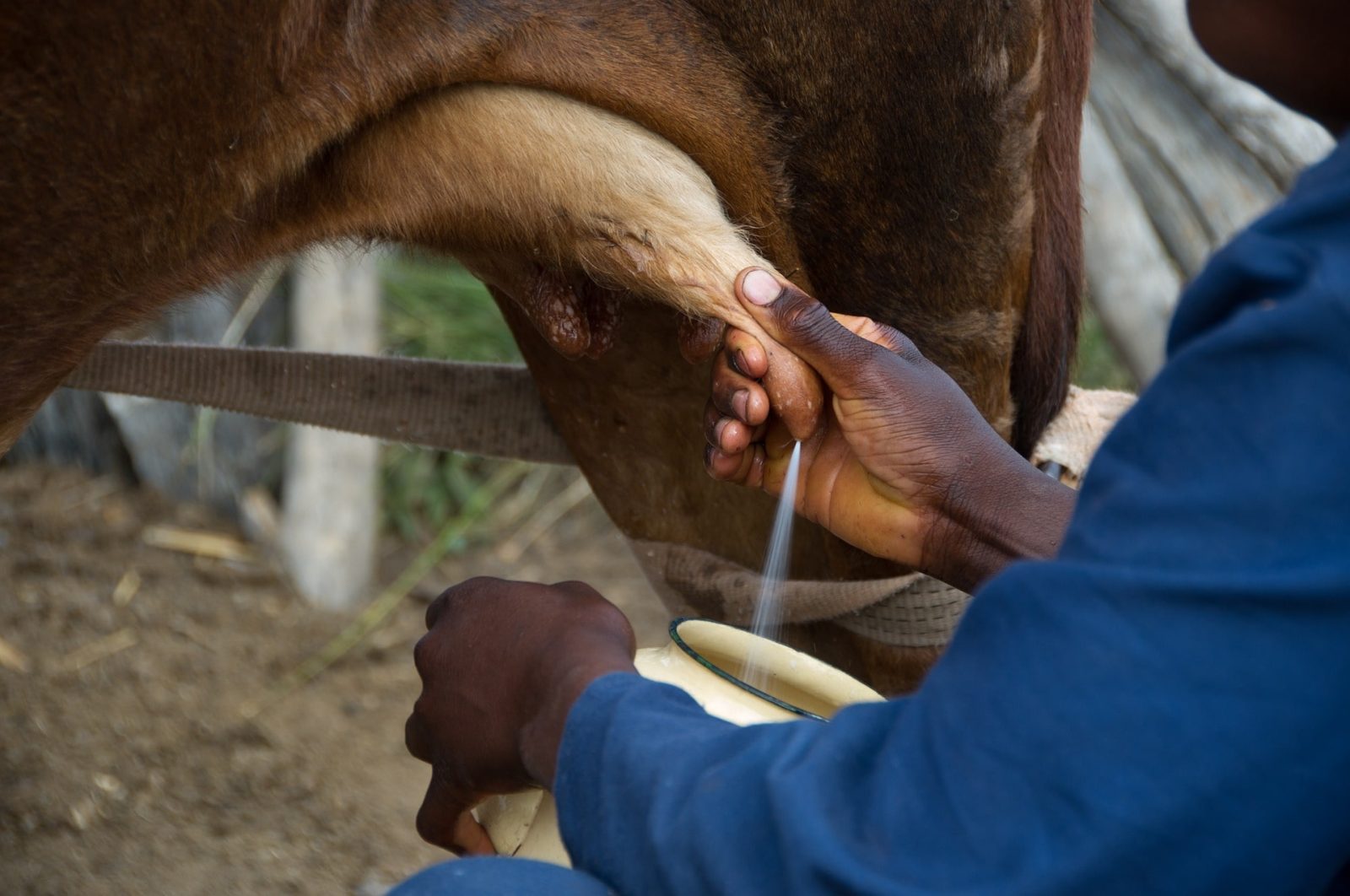
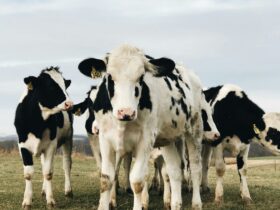
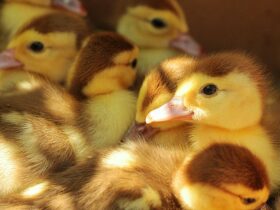
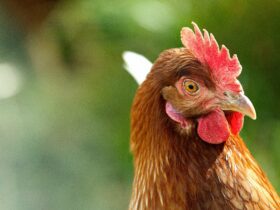
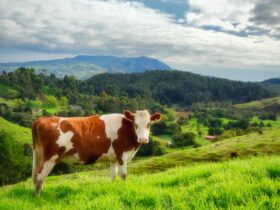


Hello!! Welcome to Anim Farm